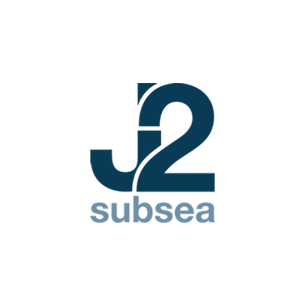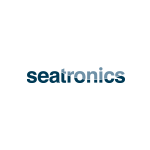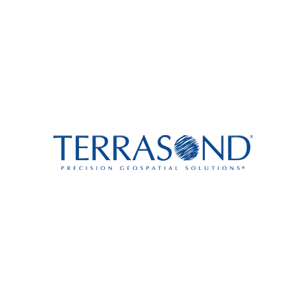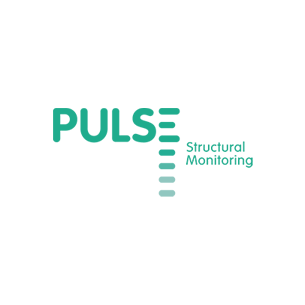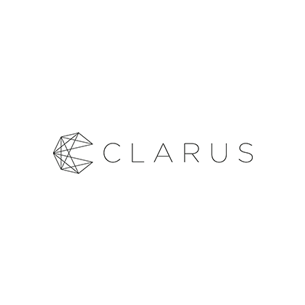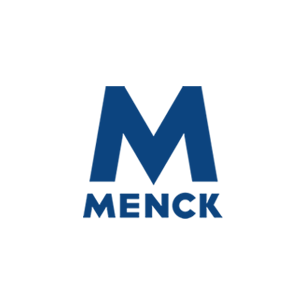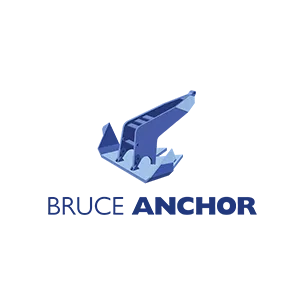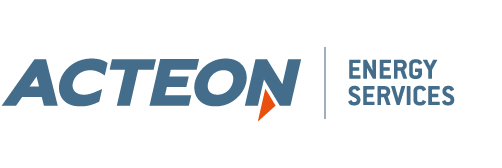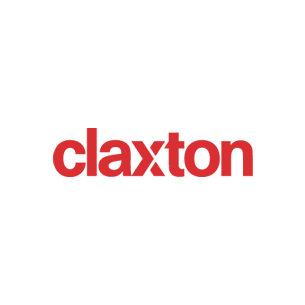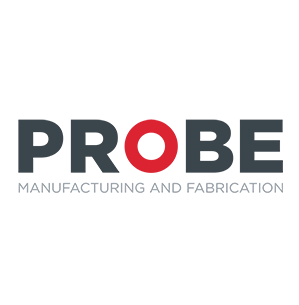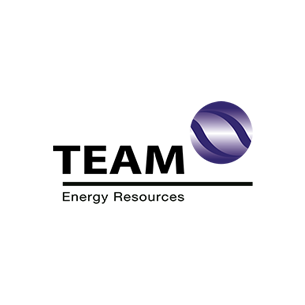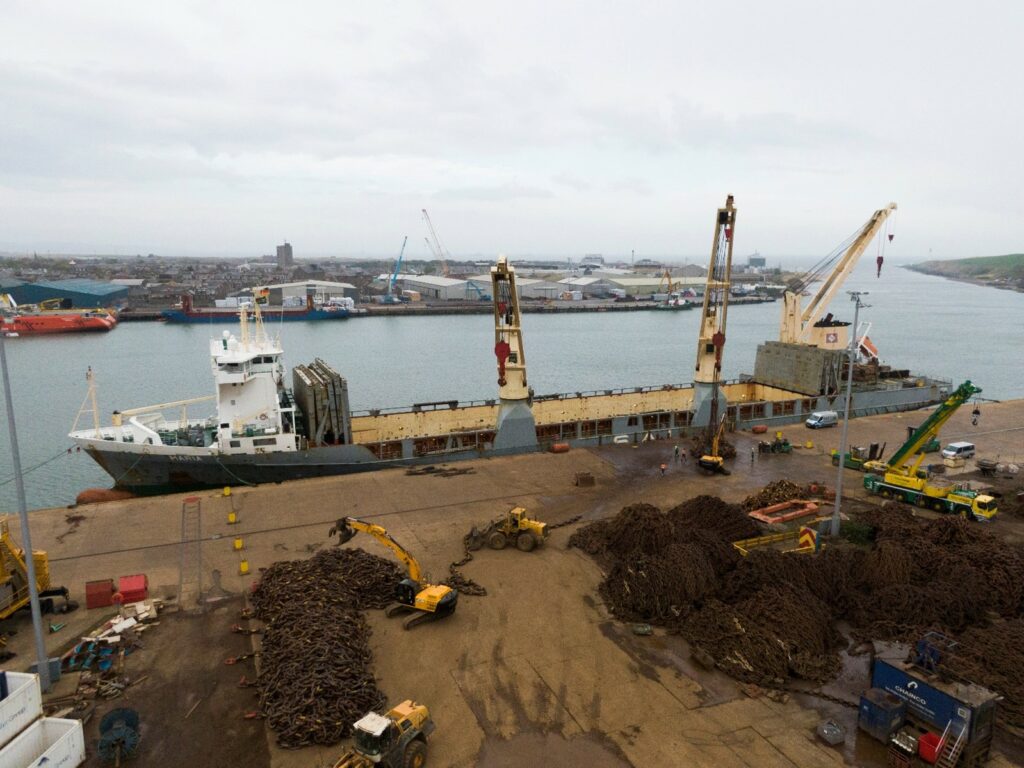However, the greatest handling challenge comes from anchors needed for station keeping for floating wind structures. A commonly used O&G drag anchor would be 10-12 tons, whereas it is between 35-40 tons for floating wind. No longer road transportable, it must be fabricated or assembled close to a suitable port facility. Driven piles can be 2.0-3.0 meters in diameter and up to 15-20 meters in length, again difficult to transport, deliver and store. The deck of a light construction vessel would accommodate perhaps three anchors only, along with driving or drilling equipment, leaving little room for the associated mooring equipment.
All this size and bulk adds to the complexity and cost of the installation, whether from the number of installation vessels or the individual cost of those vessels, for both the pre-lay and hook-up phases. Unless a multi-vessel strategy can be optimised, expensive installation vessels will spend a lot of time and money travelling back to port for the mobilisation of more equipment.
Acteon’s solution
Engaging early with a mooring specialist and building a concept model is crucial.
Even in the earliest stages of project development, before you have selected a floater, before seabed surveys, we can use the known site information such as water depth, Metocean, and desktop studies to create typical mooring scenarios. Our team of mooring specialists can create four to five scenario options, including options for concrete or a steel semi-sub hull, deep water or shallow, taut or catenary moorings. Detailing these scenarios in an anchoring and mooring feasibility study will help develop your concept model.
Scenario feasibility studies are built in small phase-by-phase progression, identifying possible anchor types, mooring designs and costs. From the concept model, we can then build an installation timeline and methodology with vessel requirements. This installation timeline will allow us to create a procurement plan for the stage-by-stage installation, complete with port selection and other logistical considerations.
The aim of the concept model is to provide valuable information for the developer to use in establishing more accurate planning and budgeting, as well as technical detail for consenting. The concept model information can also be used as a benchmark to assess the viability of new projects in different regions.
Acteon’s Moorings and Anchors segment has an extensive mooring track record in the oil & gas sector, which allows us to apply our sector knowledge and industry experience to provide you with very practical, focused and affordable mooring and anchoring feasibility studies. Contact us to discuss your next floating wind project.
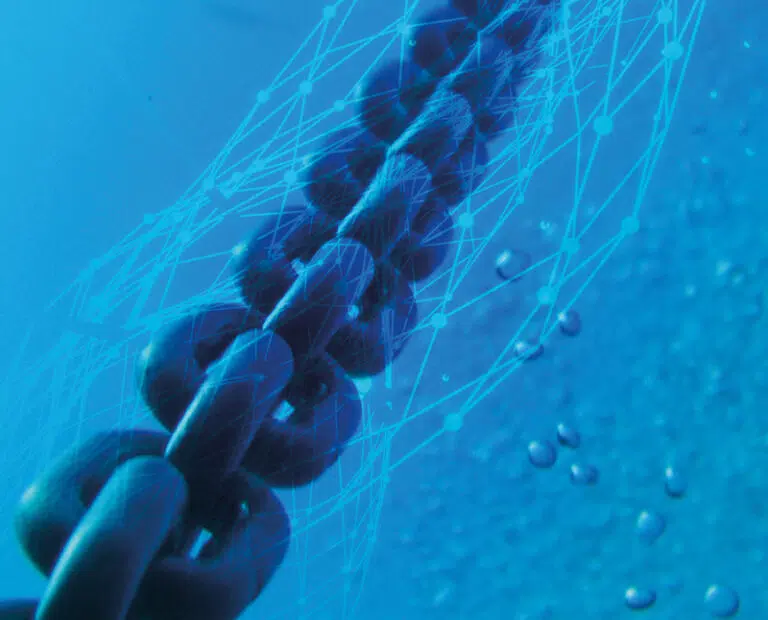
HARNESS THE POTENTIAL OF FLOATING WIND
Acteon’s expertise in mooring design and marine installation spans decades. We apply our deep domain expertise to help you choose the best options, from anchoring to cable laying to installation methods, to mitigate technical risks and lower the levellised cost of energy (LCOE).

